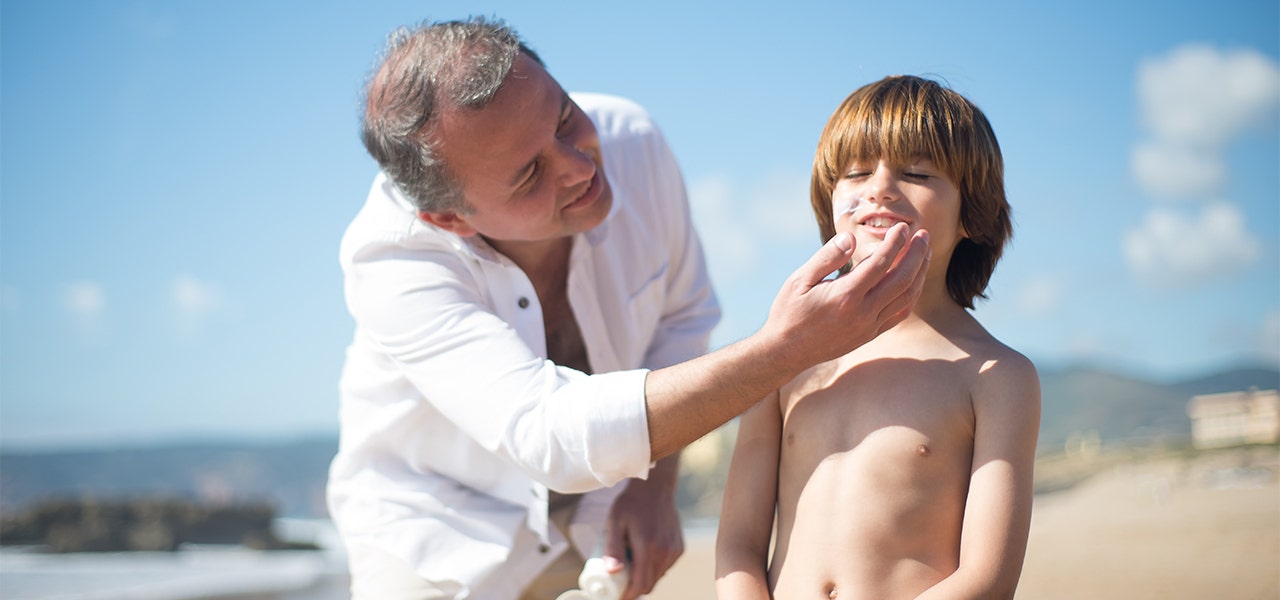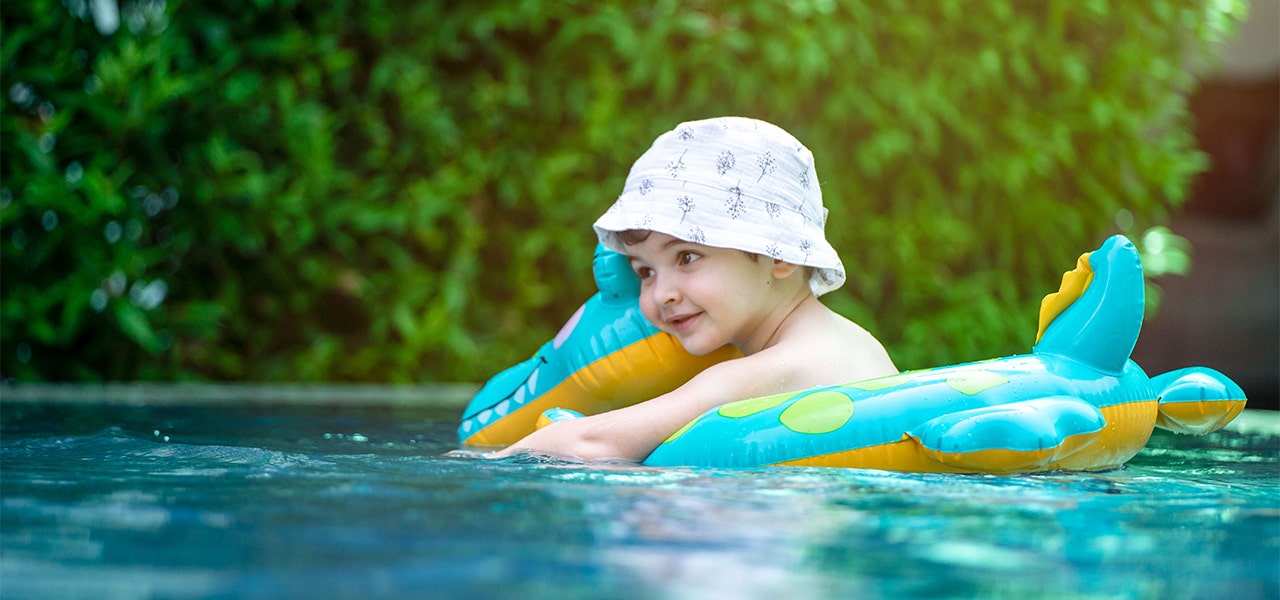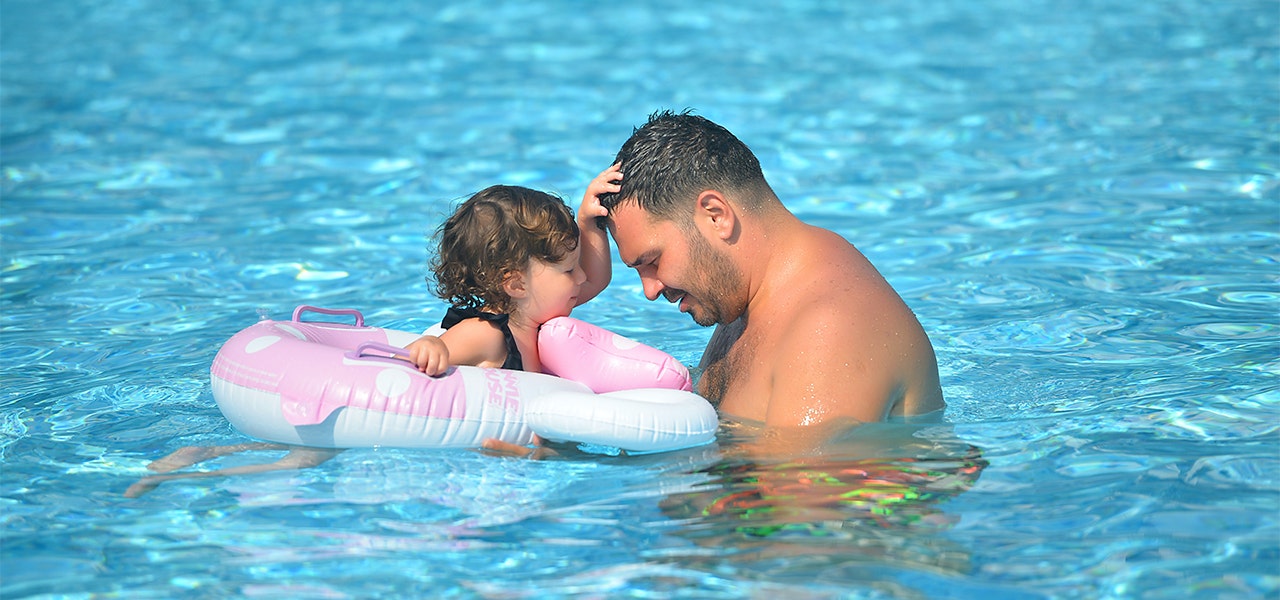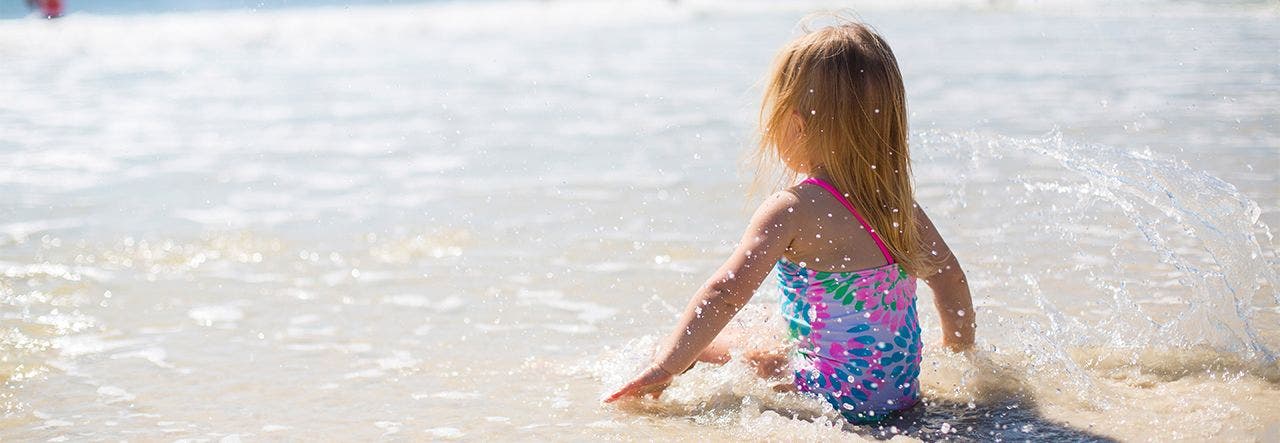This month, Dr. Lavin shares some useful summer safety tips. You can always hear more from Dr. Lavin on the ParentTalk Podcast!
It has been a very rough winter. The deadly shadows of COVID finally lifted quite a bit, but not until after nearly three years of dread and loss. And as COVID receded, we saw strep, influenza and stomach flu flood our children’s schools, making for an intense several months of one illness after another.
We all have so much to celebrate with schools across the country wrapping up for the year and the promise of summer! Here comes the end of the intense epidemics of all sorts of viruses and strep, the end of cold weather, and tons of warmth and sunshine – not to mention the fun of outdoor sports, swimming and summer celebrations.
That should be the end of the story, but even during the lovely days of summer, there are a couple of items to keep in mind to be sure your summer remains safe. For children, biggest items are sunburn and drowning.
Why the Sun Poses Danger to Our Skin


The wonderful light from the sun contains all the colors of the rainbow, but as the light goes from red to blue, the energy of the light increases. In fact, the colors beyond blue get even more intense but invisible. This is what we know as the ultraviolet (UV) level of light. The energy intensity of UV light exactly matches the ability of our DNA to absorb light, breaking apart the complex molecule of DNA.
The problem is that UV light also damages the ability of our living layer of skin cells to repair the DNA damage. Most of the time, the sun shines on our skin, zapping our skin DNA, and nothing happens. The damaged cells go away and leave no trace of harm.
Over time, such events age the skin, resulting in brown spots and less elastic skin. More worrisome is the fact that sometimes tumors sprout from those damaged cells. This is why skin cancers, including melanoma, squamous and basal cell cancers, are far more common in strong sun regions than cool cloudy regions.
What Parents Should Know About Sunburn
Skin cancer risk goes up each time the skin gets sunburned, and it also increases with lifetime UV exposure. Tanning the skin is less damaging but still raises skin cancer risk. This means that protecting your children from the sun is quite literally helping to reduce their risk of cancer!
For many years, families have relied on an ever growing SPF level of all sorts of sunscreen products – ointments, creams, sprays. However, covering the skin offers even better protection. For kids and adults, I recommend the use of UV-blocking swim clothing, including long-sleeved shirts and long pants. This type of swim gear leaves only the head, hands and feet to cover, and if you add a hat much of the head is completely protected.
I personally moved to UV swim gear some years ago and really love it. It comes in neat patterns and fabrics (that your kids will appreciate) and it’s very light and comfortable. Plus, when UV swim gear gets wet on a hot day, it’s cooling.
Regardless what type of swimsuit your child wears, make sure you’re covering their hands, feet, face, nose and ears with SPF levels over 50, and repeat applications often, especially after swimming.
Drowning: a Significant Danger to Children


It’s always a shock to talk about the tragedy of drowning, but every family should know that drowning is not rare – it is the #1 cause of accidental injury death in children ages 1-4. And, that is saying something because by age 1 and on until 50, injury tops all causes of death. Not only is drowning the #1 cause of death by accidental injury in ages 1-4, but ages 1-4 are the most common ages drownings happen.
The most important thing to know about drowning is that it happens very, very fast! People can sink in seconds and succumb very rapidly. The most typical place of drowning is the swimming pool, but it also happens in any place where water can cover a face, including puddles after a fall, the bathtub, and of course lakes and the ocean.
Taking Precautions Against Drowning
The key to preventing drowning in a pool is to never let a child anywhere near a pool, unless one adult is explicitly identified, acknowledges, accepts and understands that they are 100% responsible for making sure that child never risks struggling to breathe the whole time they are in or near the pool.
Things can turn tragic when people gather, and one parent thinks another adult has taken the responsibility to be ready within a second to pull their child out of the water. This is the scenario where there are many parents, aunts, uncles, grandparents and friends all in the pool, all assuming one of the swimming adults is watching the child and ready to act, when in fact none are, all are talking with each other and no one notices the submersion.
However, the situation that most commonly requires special attention is when no one is at the pool and a 1-4-year-old child finds a way to get into the pool without anyone knowing. The only way to avoid this catastrophe is to ensure that your young child simply cannot in any way have access to a pool without that identified adult being ready at any second to pull them from the water.
We also of course strongly urge children of all ages to learn to swim at the earliest opportunity. But until a qualified swim instructor certifies your child is able enough to swim without that designated adult very close by and 100% attending to their safety, then that designated adult has to be very close and 100% attentive.


Dr. Lavin’s Bottom Lines on Summer Safety
- Keeping our children safe is a non-stop, constant responsibility of course. But summertime presents two major threats to their future health and well-being.
- The first is sunburn. The UV in sunlight damages the DNA in the living skin cells and the more that happens, the greater the chance of skin cancers. Sunburns heighten skin cancer risk and need to be avoided.
- The best path to avoiding skin cancer from the sun’s UV energy is to dress your child in long-sleeved, long pant UV blocking swimwear and a hat, leaving nose, ears, face, hands and feet to be secured with sunscreen.
- The most dangerous situation for 1-4 year olds in any season, but especially in the summer, is drowning. Drowning is the #1 cause of death by accidental injury at this age, and it is at this age that drowning is most common.
- If no adult is in a pool able to protect a young child, make sure the pool is securely blocked from entry, and/or make sure your young child cannot get to the pool.
- If the pool is able to be accessed by your 1-4 year old, or older child unable to swim, the CARDINAL rule must be this: Every young child has to have a designated adult who acknowledges, accepts and understands that they are 100% responsible for that child’s safety.
- Drowning happens stunningly fast. Only if an adult is designated as described is there any chance that a child who slips under water can be brought back to air in time.
Talking about safety can be frightening, but our purpose is to reduce fear. Taking real steps to prevent drowning, and other less scary steps to prevent sunburn and UV exposure, can ease your mind and open the door to enjoying the great beauty, warmth and fun of summer!
For babies, overheating can also be a legitimate health concern. Get tips on how to keep Baby cool and comfy this summer.
 BABY
BABY  KIDS
KIDS  ADULT
ADULT  LEARN
LEARN  STORES
STORES 
